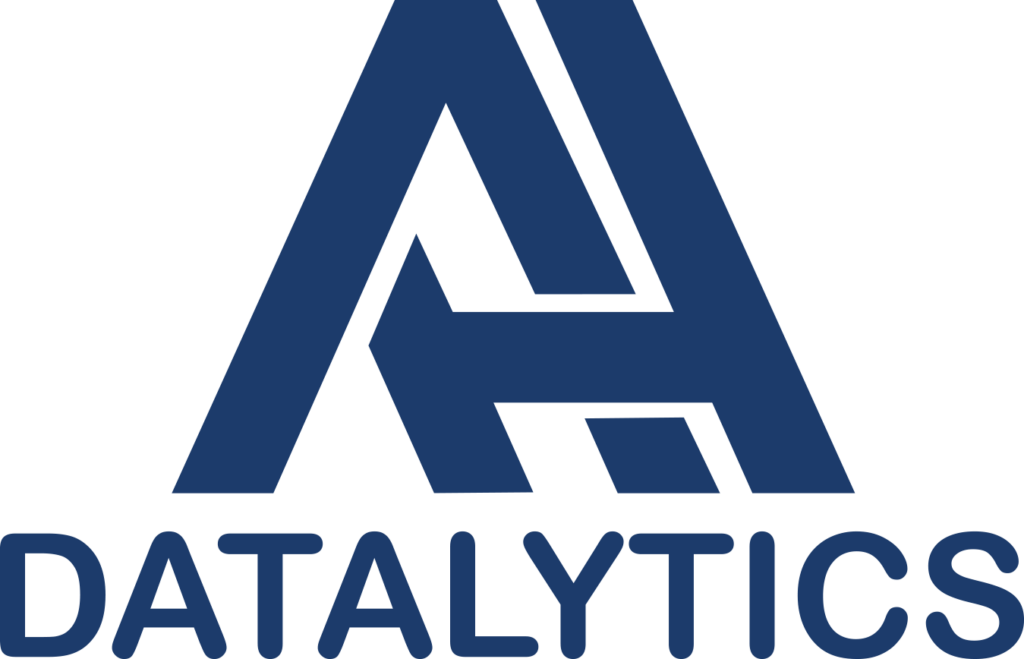The Real-Time Crime Index launched in September 2024. Its purpose is to enable users to see national crime trends as they develop through a data sample from hundreds agencies nationwide. Scroll below for further information on the RTCI’s team, methodology, sourcing, and answers to frequently asked questions.
Who We Are
The Real-Time Crime Index (RTCI) is the brainchild of Jeff Asher and is built, produced, and maintained by AH Datalytics. The project is possible thanks to the generous support of Arnold Ventures.
Context
Crime data is typically reported slowly, with national estimates published in October of the following year (eg., 2023 data was formally published in October of 2024). The first information on crimes committed in January, therefore, is formally published nearly two years after the offense occurs. Additionally, certain types of crime are frequently underreported to police while not all agencies report complete or accurate information to the FBI every year. As a result, national crime estimates are imprecise, even if they deliver an accurate representation of the nation’s crime trends.
The RTCI seeks to aid the need for a faster understanding of national, state, and local crime trends. The RTCI aggregates and visualizes preliminary monthly crime data from hundreds of local police departments creating a comprehensive view of crime trends across the United States. The data any given agency reports may change slightly over time, but imperfection is inherent in crime data.
Methodology
How the Data is Received: There are three primary ways of gathering data from agencies for the RTCI: 1) aggregated by an agency, 2) from an agency’s publicly available Records Management System (RMS), or 3) from a state UCR program. Data that has been aggregated by an agency is either gathered from publicly available sources or sent monthly to the RTCI by the agency. Data from a publicly available RMS is collected by the RTCI and aggregated counts of crimes are derived from there. Data from a state UCR program is sent to the state by an agency and either made publicly available by the state or is sent directly to the RTCI by the state.
Next Steps: Data comes to the RTCI in all sorts of formats, so once the data is acquired it is cleaned and transformed into a useful standardized format. See information on translating NIBRS offenses to UCR offenses under the Glossary on the Data page. From there, submissions are audited and then aggregated to ensure faulty data is not included in aggregate counts. Agencies that did not report every month or agencies or severely underreport recent months have been removed from the national sample. Nationwide, and within states, aggregations only include agencies with complete murder data through the most recent month (eg., including “Full Sample,” “Population Groups,” and “Regions.”). See agencies included in the current national and state samples (ie., with complete data) in this list, on the participation map, or in the sourcing table.
Data Caveats: Crime counts for an agency are a snapshot in time and may vary from what is published by that agency or eventually published by the FBI depending on the reporting methodology for that agency. These differences are almost always minor and should not impact that agency’s overall trend. Agencies have time to report offenses or may not fully report data to the FBI, leading to slightly different figures than are presented here. The purpose of the RTCI is to accurately portray crime trends rather than precise counts of crimes, which requires accepting that crime data is often inexact and incomplete. Since national crime estimates take a long time to make, gathering data from hundreds of cities presents an achievable workaround that will highlight trends as they develop without having to wait many months for national data. For more information on sampling, see FAQ: Why Do You Sample Agencies?
Supplementing Data: In some cases, data from agencies for recent years has been supplemented with monthly data reported to the FBI which has been consolidated by Jacob Kaplan. Some agencies supplied data on missing months upon direct request. In a few rare cases prior to 2023, reporting for an agency has been inferred when a few reported months are missing and either crime totals for that year are known from other sources or the totals for a few months can be averaged from the rest of the year so that agency can be included in the overall sample. For example, the totals for October through November 2019 for Corvallis, Oregon were not reported to the FBI, but the counts for those months can be inferred from the number of crimes reported for Corvallis in 2019 by the Oregon State Police. These efforts improve the quality of the sample while avoiding any changes to current or previous year crime counts.
Non-Crime Data: Population figures and regional boundaries are as defined by the FBI for consistency. See FBI regional definitions at the bottom of the glossary.
Transparency: See all our code on Github.
Please email [email protected] if you see a mistake, are aware of a new potential data source, or wish to have your agency or state participate.
Caution Against Ranking
The data collection methodology differs between agencies, not every city or county is included in the RTCI sample, not every agency reports every offense type, and not every agency has complete data through the most recent reporting period. As such, ranking between locations is imprecise and inadvisable, and users should be cautious when comparing crime counts for one agency against another agency’s counts. The FBI similarly cautions against ranking, writing: “Data users should not rank locales because there are many factors that cause the nature and type of crime to vary from place to place. UCR statistics include only jurisdictional population figures along with reported crime, clearance, or arrest data. Rankings ignore the uniqueness of each locale.”
Sourcing
Sourcing for every agency can be found in the below table with a link to the source where available. This table identifies the type of data received by the RTCI (aggregated by the agency, through an agency’s Records Management System, or from a state UCR program) as well as how it was received by the RTCI (through open data, direct from an agency, or direct from a state UCR program). For a list of agencies in the current national and state samples (ie., with complete murder data), click here, or filter to “Nationwide” in the table below. Check out the RTCI participation map here.
F.A.Q.
Taking a sample of cities is a way to understand trends without having to wait months (or more) for formal crime estimates to be released, and more cities of data makes for better predictive power. Murder data for every city over 250,000 (about 90 agencies) between 2010 and 2020 was within 2.5 percentage points of the formal national change in murder over that span while data for every city over 100,000 (about 300 agencies) was within 1.5 percentage points. Data for every city of 50,000 or more (about 850 agencies) should be within roughly 1 percentage point of the national change on average.
Data is updated roughly a month and a half after the end of the reporting month, so data through June is available in mid-August. This delay is necessary because some agencies update a previous month’s data when reporting the most recent completed month. An agency might send its data for July to its state UCR program in early August along with information on a small but meaningful percentage of crimes that occurred in June. Reporting data any earlier would create a constant undercount of the most recently reported data.
There are many reasons why the figures reported for an agency may not exactly match what is reported in the RTCI. Some of those reasons include: some incidents may be reclassified as a different offense category after it is published in their Records Management System, an agency may report incorrectly aggregated data on their website, or a few agencies may not report rape data publicly which would impact that agencies violent crime totals. The purpose of the RTCI is to accurately portray trends, so minor inconsistencies between sources is an inevitable downside to working with imperfect data.
Data and graphics derived directly from the Real-Time Crime Index should credit the Real-Time Crime Index and the agency or state UCR program that produced the data as its source through the timeframe of available data at that time. Data that is included in the Real-Time Crime Index that users take directly from an agency or state UCR program’s original source can be credited solely to that agency or state UCR program.
Good question!
The RTCI is funded through a generous grant from Arnold Ventures. The project’s goal is to eventually expand to between 500 and 1,000 law enforcement agencies nationwide reporting monthly crime data. This would allow for greater precision in articulating national crime trends.
Other future plans include continually improving the visualizations as well as adding data covering NIBRS, shootings, staffing, clearance rates, and more.





